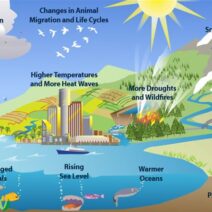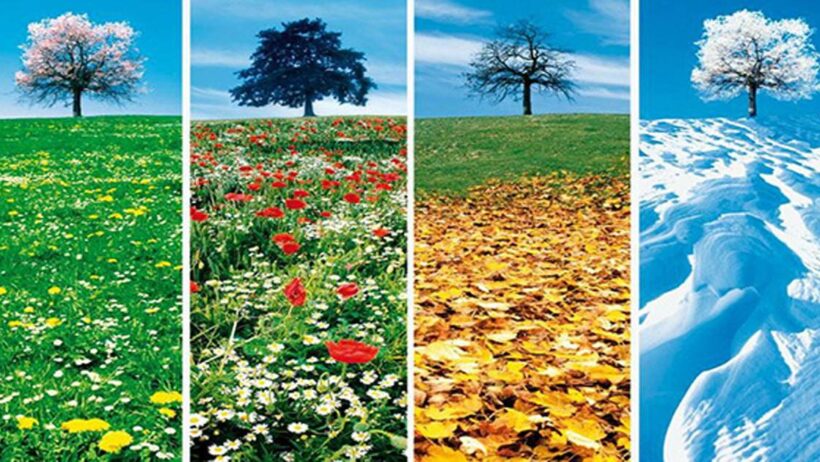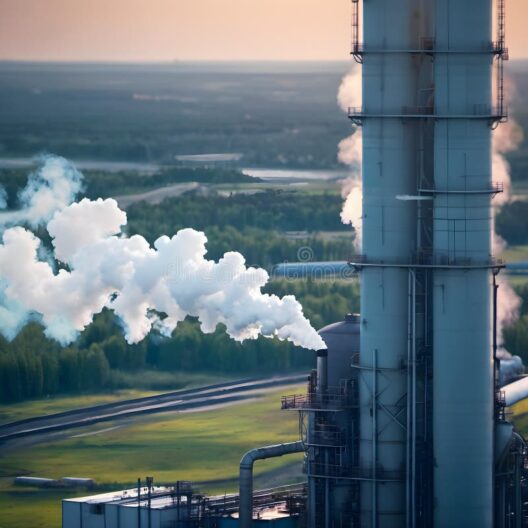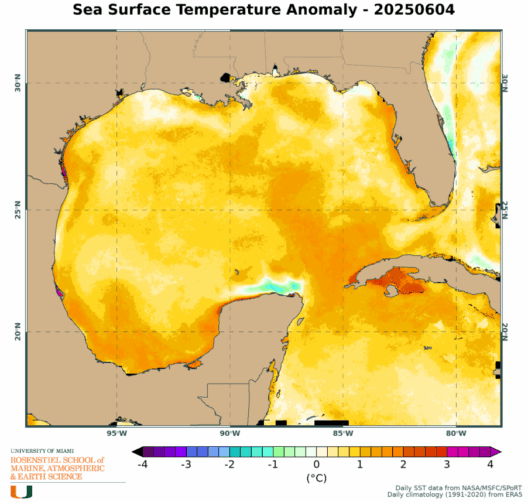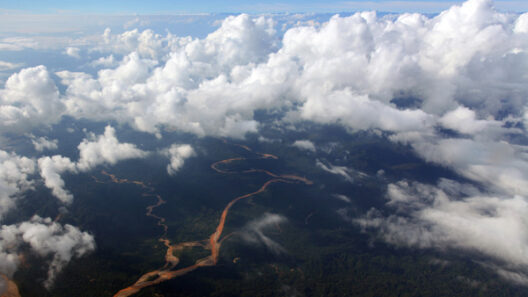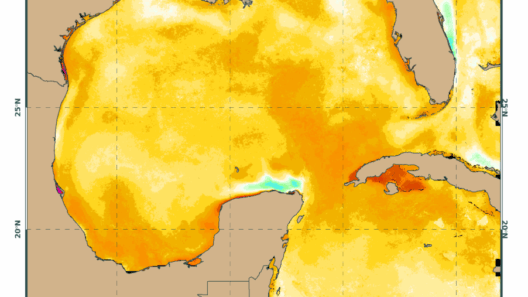Climate significantly impacts the human experience, dictating not just local weather conditions, but also the flora and fauna with which communities cohabitate. Broadly speaking, six primary types of climate can be classified—each with its own distinctive characteristics that influence living conditions and environmental dynamics. So, which one are you living in? And more importantly, how does it shape your lifestyle?
The following sections will delve into the six major climatic classifications: Tropical, Dry, Temperate, Continental, Polar, and Highland. Alongside an exploration of their unique aspects, we will raise a playful question and discuss potential ecological challenges each type faces. By comprehending the climate where you reside, you can better appreciate the intricate relationship between environmental changes and your daily life.
Tropical Climate
Characterized by warm temperatures year-round, tropical climates are typically spatially situated near the Equator. These regions experience heavy rainfall, with no distinct dry season, manifesting lush vegetation such as rainforests. The flora thrives on the often high humidity and temperatures averaging between 20°C and 30°C (68°F to 86°F). Imagine living in a paradise where color springs forth in an orchestra of greens, yellows, and reds! But here’s the playful question: How do you cope with such a bounty of biodiversity in your backyard? The challenge lies in balancing human habitation with the preservation of ecological diversity. Urban sprawl, deforestation, and climate change threaten these delicate ecosystems.
Dry Climate
Dry climates can be subcategorized into arid and semi-arid zones, both of which experience minimal rainfall—often less than 250 mm (10 inches) annually. These areas include deserts and steppes, where water scarcity defines the landscape. Cacti and hardy shrubs are among the denizens that adapt to extreme conditions, showcasing resilience through unique adaptations. Now, imagine asking yourself, “What would life be like if water were as precious as gold?” This mindset highlights a crucial challenge: sustainable water management. Over-extraction and pollution can push these fragile ecosystems to their limits, urging inhabitants to prioritize eco-friendly practices.
Temperate Climate
With four distinct seasons, the temperate climate zones present an enticing variability. This climate type can be further divided into Mediterranean and humid subtropical categories, each with its distinct seasonal rhythms. The temperate climates often enjoy mild winters and warm summers, making them hospitable for diverse agricultural practices. However, while enjoying the change of seasons, ask yourself: “Are we maximizing the benefits of changing temperatures?” The impending challenge here involves climate unpredictability. Increasing extremes in weather patterns, due to climate change, can obliterate crops that depend on seasonal regularity, threatening food security.
Continental Climate
Dominant in regions far from oceans, continental climates undergo pronounced seasonal differences—characterized by warm to hot summers and cold winters. This significant temperature variation is often accompanied by a decent amount of precipitation, allowing diverse ecosystems to flourish. Have you ever pondered, “How do animals or plants adapt to such dramatic seasonal shifts?” In this climate zone, the challenge lies in the balance between synthetic habitats and biodiversity preservation. Urban development and industrial activities potentially exacerbate pollution and habitat loss, leading to biodiversity decline.
Polar Climate
Polar climates, found in regions such as Greenland and Antarctica, are known for their extreme cold and minimal precipitation, often locked into a glacial framework. These environments are stark yet stunning, largely devoid of trees, dominated by tundra vegetation. The question posed here might be, “What adaptations must life undertake to withstand these frigid climes?” The challenge of global warming is a glaring reality for polar climates; climate change not only threatens indigenous wildlife but also the entire planet. Melting ice caps contribute to rising sea levels, imperiling coastal ecosystems and communities worldwide.
Highland Climate
Highland climates are typified by significant elevation changes, producing variable microclimates within a relatively short distance. This could range from tropical conditions at lower altitudes to polar-like climates at higher peaks. Here, biodiversity thrives in rich stratification, but the challenge is steep: “How can we protect our lofty ecosystems from the ravages of human encroachment?” Deforestation, agriculture, and tourism shine light upon the fragility of highland environments. Inherent in their beauty is an inherent risk—the continuous encroachment may alter precious habitats irrevocably.
Understanding climate types is pivotal for grasping the environmental challenges that many regions currently face. By recognizing your climatic zone, you can contribute to mitigating anthropogenic impacts and promoting sustainability. Whether you dwell in the tropical embrace of luxuriance, the arid dryness of deserts, or the chill of polar realms, engaging with and respecting the environment is paramount. The playful question of “What adaptation strategies are necessary for my climate?” should lead to a wider mindfulness about how local actions resonate on a global scale. Together, we can rise to the challenges posed by our climate zones and work toward a sustainable future.


